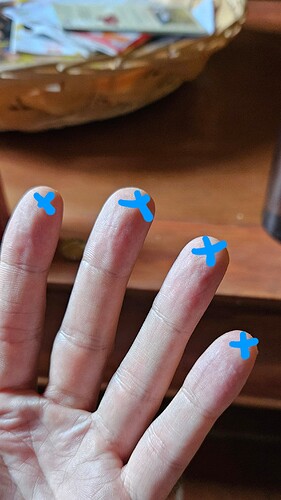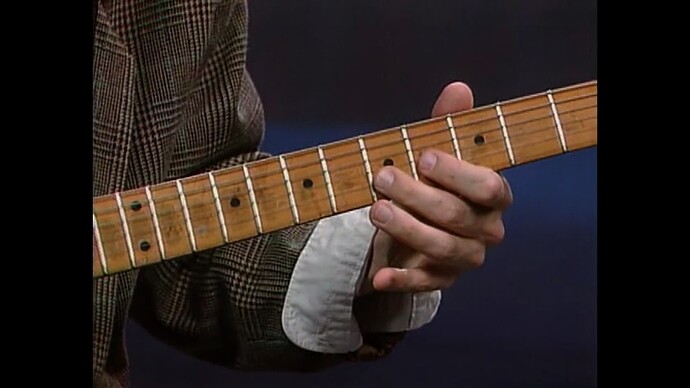Hi @eric_divers, that’s absolutely fantastic to hear. I was a little surprised not to have heard back from you, but I’m delighted that the reason is that the first lesson had such a positive impact.
For anybody reading, I can’t promise these kinds of results to everybody. I have to meet you where you are.
This is my goal for every student. To get you to this point, as quickly and directly as I possibly can.
I never withhold information to keep students “on the line” for more lessons. I have never held anything back from students unless I feel it’s likely to result in confusion, misunderstanding or distraction from something more immediately important.
I never claim to have all the answers, and if you ask me something I don’t know I’ll tell you so directly. I’ll give my best answer to my current understanding, and I promise that I will never bullshit you.
It would be pretty great for me if you did and I would very much appreciate it.



